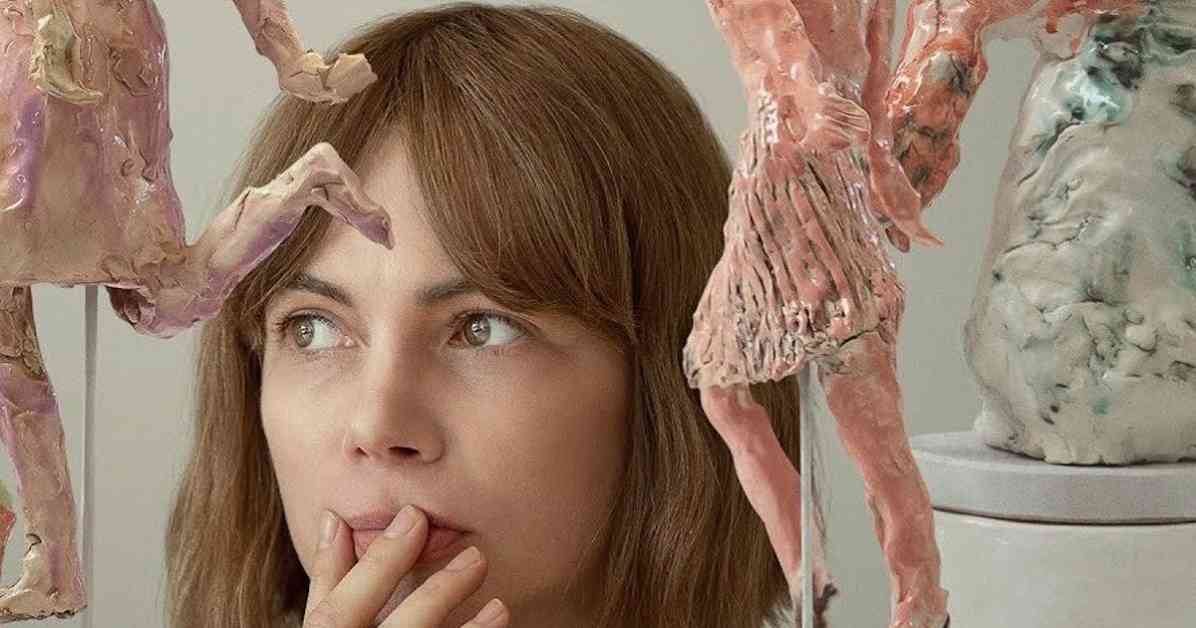Portrait of an Artist: ‘Showing Up’ as a Regular Woman
CJ Sheu, an Assistant Professor of Applied English at Ming Chuan University, is known for his insightful critiques of films as a Rotten Tomatoes-approved, Taipei-based film critic for The News Lens.
In the recent film “Showing Up” (2022), directed by Kelly Reichardt and co-written with Jon Raymond, protagonist Lizzy, portrayed by Michelle Williams, gives audiences a glimpse into the life of an everyday working artist. The movie delves into the challenges, triumphs, and daily struggles faced by artists who may not fit the traditional mold of artistic geniuses or world-changing creators.
In the film, Lizzy is a ceramic figurine sculptor who also works as an administrative assistant at her alma mater, the Oregon College of Art and Craft (OCAC). Her best friend and fellow alumna, Jo, played by Hong Chau, is a full-time sculptor who is active, hands-on, and successful. As Lizzy prepares for a show at a small gallery, Jo is getting ready for two shows, one at OCAC and another at a prestigious endowed show. However, amidst the preparations, Lizzy finds herself facing feelings of melancholy and isolation from the artistic community.
One of the key themes explored in “Showing Up” is the idea of art as a team effort rather than an individual genius. Lizzy’s journey as a sculptor is portrayed as a collaborative process, influenced by her surroundings, interactions, and experiences. The film sheds light on the personal and impersonal aspects of artistic creation, highlighting the complexities of artistic conception and execution.
Throughout the movie, viewers are introduced to various artist archetypes, including a teacher who still yearns to create, a retiree who has moved beyond the anxieties of artistic creation, and a possible genius whose eccentricities raise concern. Each character is deeply entrenched in the artistic community, showcasing the diverse perspectives and experiences within the world of art.
Reichardt’s directorial prowess shines through in her nuanced portrayal of the characters, particularly Lizzy, as they navigate the challenges of being working artists. The film’s emphasis on nature, a recurring motif in Reichardt’s work, adds another layer of depth to the narrative, symbolizing growth, resilience, and the interconnectedness of art with the natural world.
“Showing Up” serves as a poignant reflection on the realities of being an everyday working artist, highlighting the struggles, joys, and complexities that come with pursuing a creative passion. Through Lizzy’s journey, audiences are invited to contemplate the essence of art, the role of community in artistic endeavors, and the enduring power of creativity in shaping our lives.
As the film captures the quiet moments of creation, the subtle nuances of artistic expression, and the profound impact of art on our lives, it invites viewers to reflect on their own relationship with art and creativity. “Showing Up” is not just a film about artists; it is a celebration of the human spirit, the perseverance of the creative soul, and the beauty of finding meaning in the everyday moments of life.
In conclusion, “Showing Up” offers a compelling and compassionate portrait of what it means to be a regular woman navigating the world of art. Through its rich storytelling, evocative imagery, and authentic performances, the film invites audiences to embrace the beauty of imperfection, the power of community, and the transformative nature of artistic expression. As we follow Lizzy on her journey of self-discovery and creative exploration, we are reminded of the profound impact of art on our lives and the enduring legacy of those who dare to “show up” and share their unique voices with the world.



















